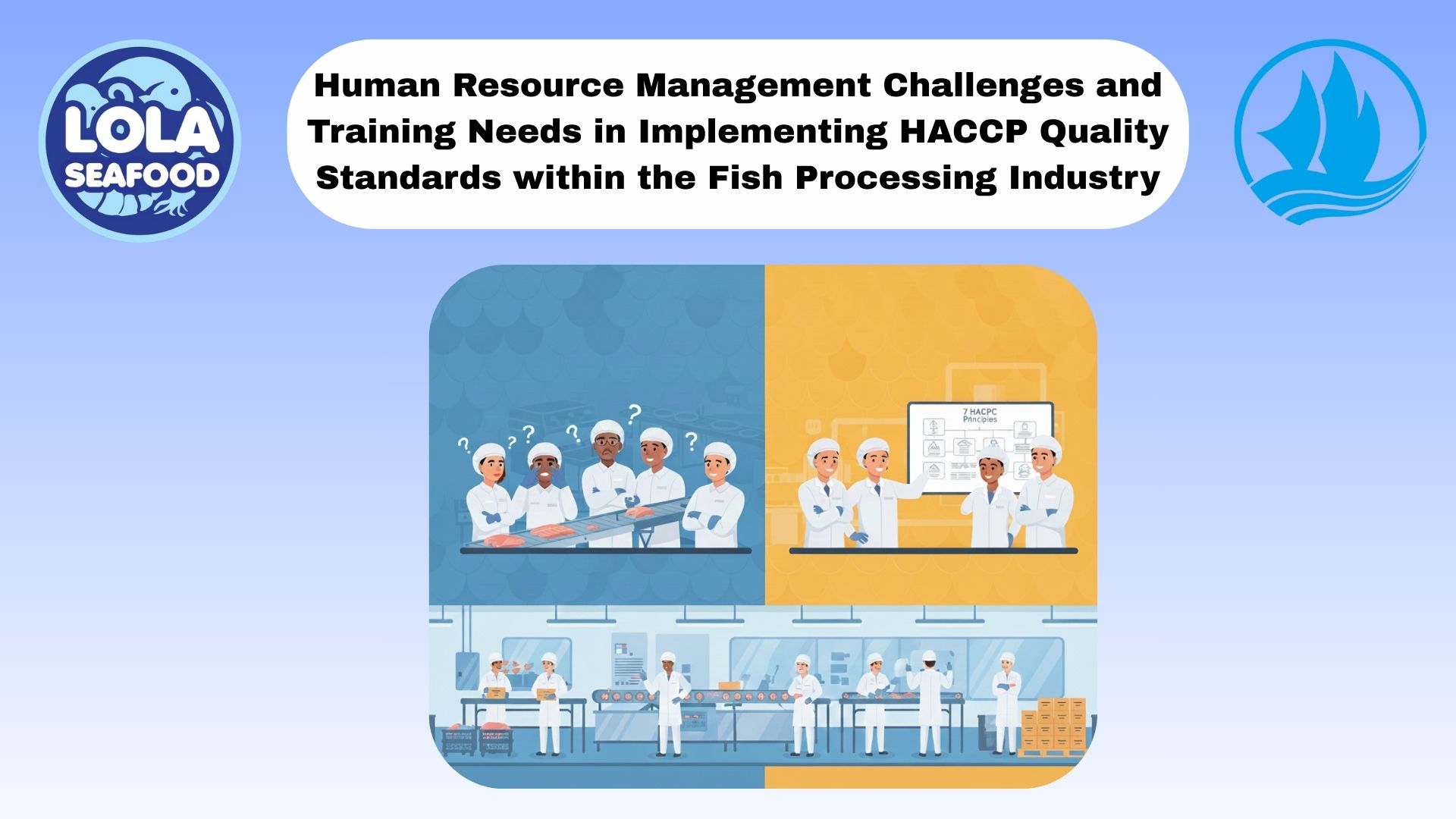Extending Freshness: The Role of Modified Atmosphere Packaging (MAP) in Seafood Processing
By. Fajar - 23 Sep 2025.jpg)
Keolalaut.com Freshness is the single most important quality attribute in seafood industry,. Consumers expect fish and shellfish to have a fresh aroma, appealing appearance, and excellent texture—qualities that can deteriorate quickly if not handled properly. One of the most effective innovations to maintain seafood quality and extend its shelf life is Modified Atmosphere Packaging (MAP). This technology has become a cornerstone of modern seafood processing, offering significant benefits for producers, retailers, and consumers alike.
Definition of Modified Atmosphere Packaging
Modified Atmosphere Packaging is a preservation technique in which the natural air inside a package is replaced with a controlled mixture of gases—commonly carbon dioxide (CO₂), nitrogen (N₂), and sometimes oxygen (O₂)—in specific ratios. These gases work together to slow down microbial growth, enzymatic activity, and oxidation, which are the primary causes of spoilage in seafood products. Unlike vacuum packaging, which simply removes air, MAP allows processors to create a tailored environment for each type of seafood product. For example, high CO₂ concentrations are effective at inhibiting the growth of spoilage bacteria, while N₂ is used as a filler gas to prevent package collapse. Oxygen may be added in small amounts to maintain the natural color of certain fish fillets.
How MAP Works to Preserve Seafood
Seafood is highly perishable due to its high moisture content, neutral pH, and abundance of easily degradable proteins and fats. Traditional storage in air allows bacteria to multiply rapidly, resulting in off-odors, slime formation, and quality loss within days. By carefully modifying the atmosphere inside the package, MAP slows down these processes significantly.
- Carbon Dioxide (CO₂): The most important gas in MAP, CO₂ inhibits the growth of aerobic spoilage microorganisms and delays the onset of rancidity.
- Nitrogen (N₂): An inert gas that displaces oxygen and prevents oxidative reactions. It also prevents package collapse by maintaining internal pressure.
- Oxygen (O₂): Used selectively to maintain the bright red color of species like tuna or salmon, but kept low for most seafood to minimize oxidation.
By combining these gases in optimal ratios, MAP can double or even triple the shelf life of fresh seafood compared to traditional air-packed products.
Benefits for the Seafood Industry
The adoption of MAP brings numerous advantages to seafood processors and retailers:
- Extended Shelf Life: Longer shelf life reduces product losses, increases market reach, and allows seafood to be distributed over greater distances without compromising quality.
- Improved Food Safety: Slowing microbial growth reduces the risk of spoilage and potential foodborne illness, enhancing consumer confidence.
- Better Product Appearance: MAP maintains the natural color, texture, and moisture of seafood, resulting in a fresher-looking product on store shelves.
- Economic Efficiency: Less waste means higher profit margins for processors and retailers, while consumers enjoy higher-quality seafood for longer periods.
Challenges and Considerations
MAP offers significant benefits, it is not a one-size-fits-all solution. The success of this packaging method depends on several critical factors:
- Gas Mixture Optimization: Different seafood species and products require specific gas ratios for maximum effectiveness.
- Temperature Control: MAP works best when combined with strict cold chain management. If temperature control fails, microbial growth can still occur.
- Packaging Material: The films used must have the right gas permeability to maintain the desired atmosphere throughout the product’s shelf life.
Regulatory compliance is essential to ensure consumer safety. Processors must monitor gas levels and maintain hygienic conditions during packaging to prevent contamination.
Future Outlook
Technological advancements are making MAP even more effective and sustainable. New biodegradable and recyclable films are being developed to reduce the environmental impact of packaging materials. Intelligent packaging systems that monitor gas composition and product freshness in real-time are also emerging, giving producers and retailers better control over product quality.
As global demand for seafood continues to rise, maintaining freshness during storage and transport will remain a top priority. Modified Atmosphere Packaging will play an increasingly important role in meeting consumer expectations while minimizing waste and ensuring food safety.
Modified Atmosphere Packaging is more than just a packaging solution—it is a critical innovation that supports the entire seafood value chain. By extending shelf life, preserving sensory qualities, and reducing waste, MAP helps processors deliver high-quality seafood to markets worldwide. When combined with proper handling and cold storage, MAP represents a powerful tool for building consumer trust and promoting a more sustainable seafood industry.
If youre interested in our Gummy Shark Fillet please do not hesitate to contact us through email and/or whatsapp
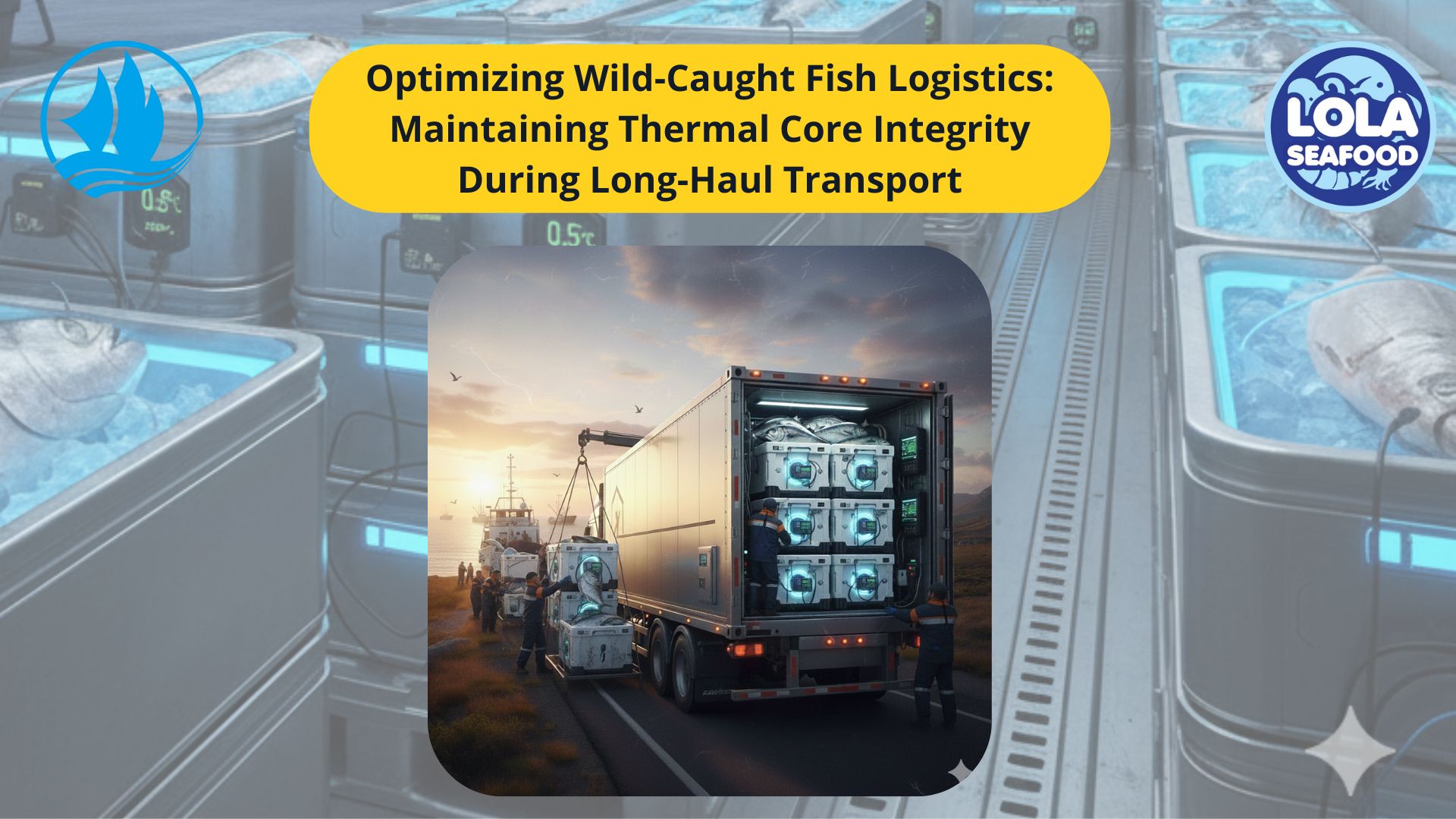
Optimizing Wild-Caught Fish Logistics: Maintaining Thermal Core Integrity During Long-Haul Transport
.jpg)
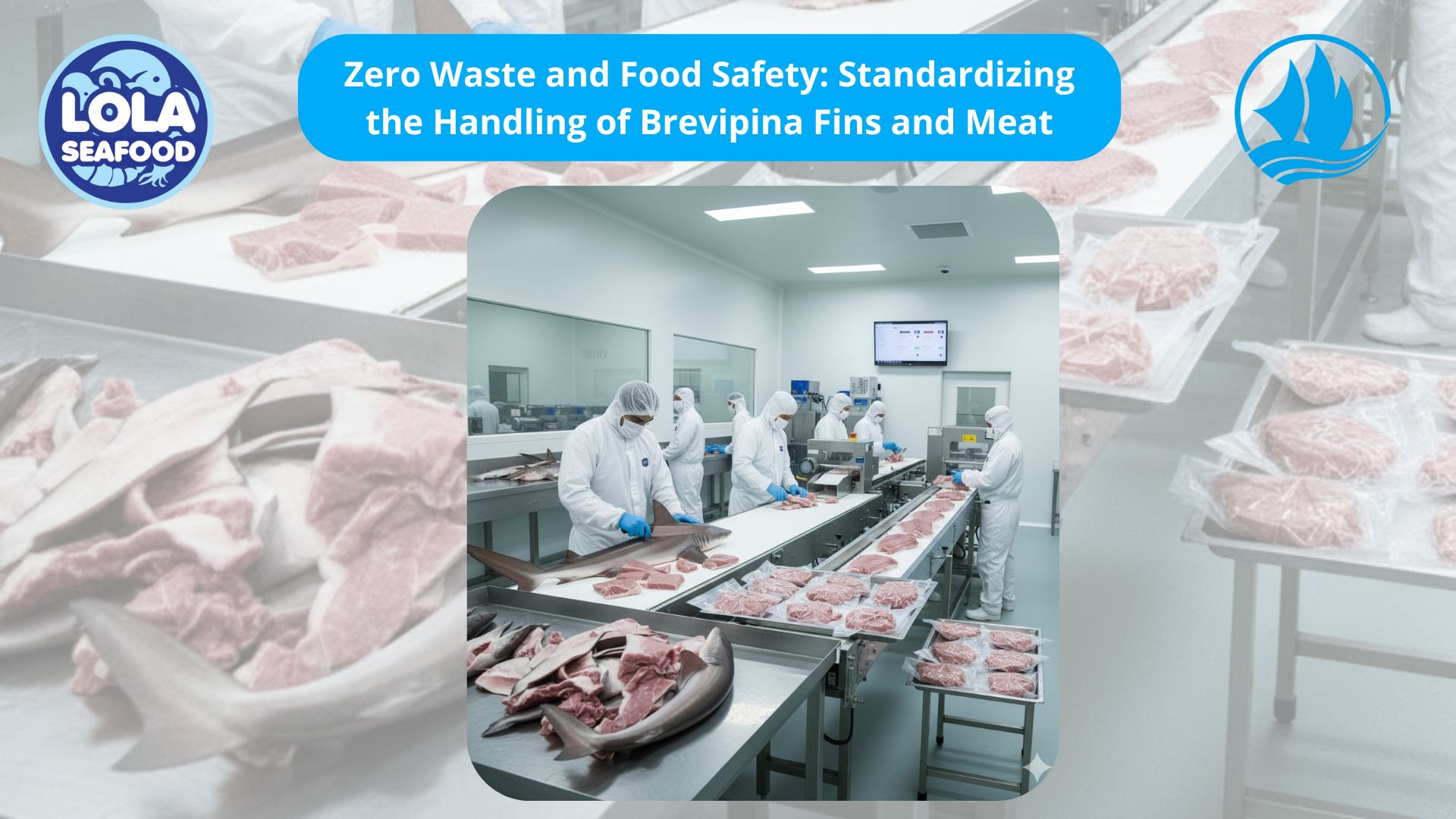
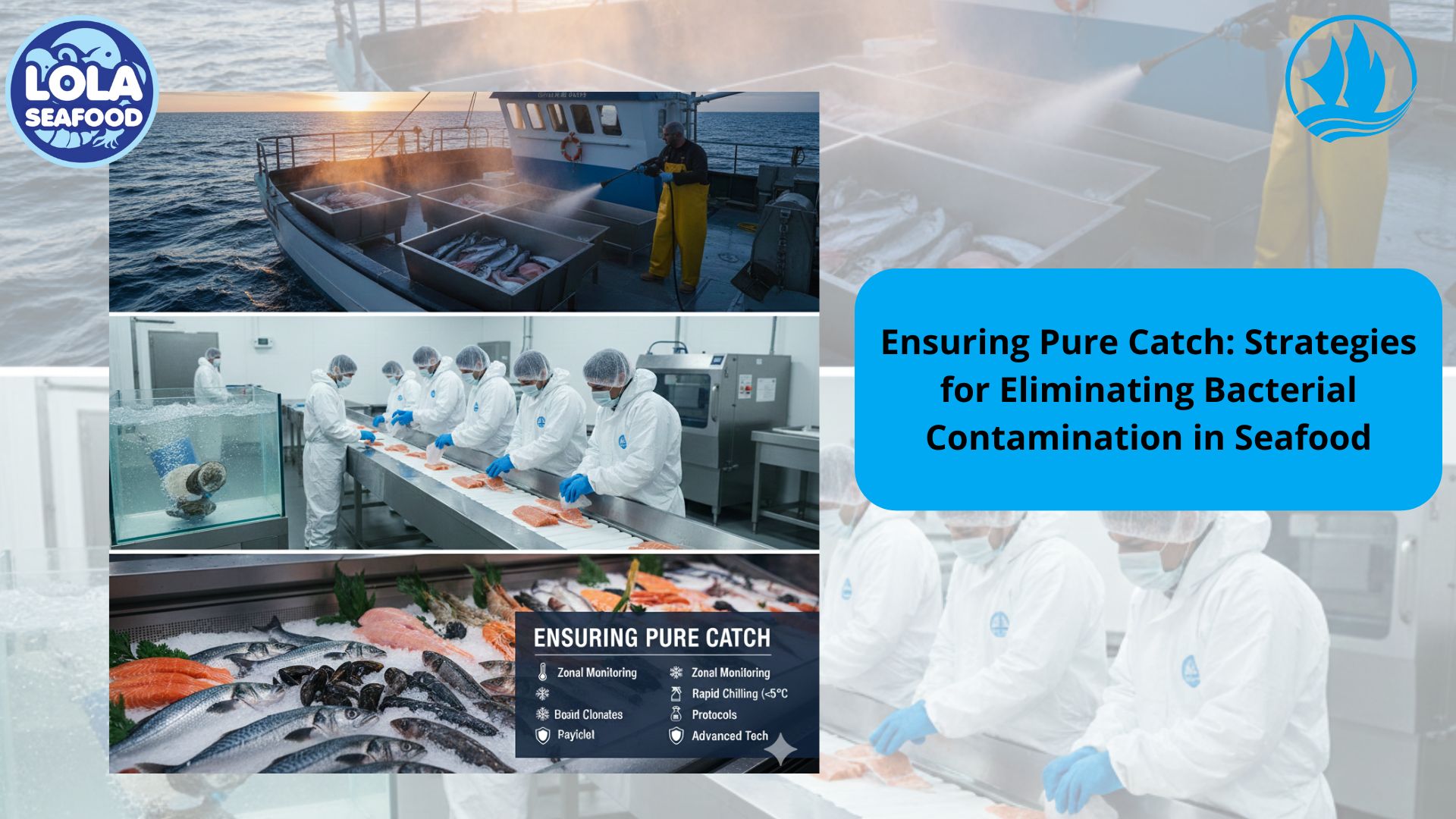
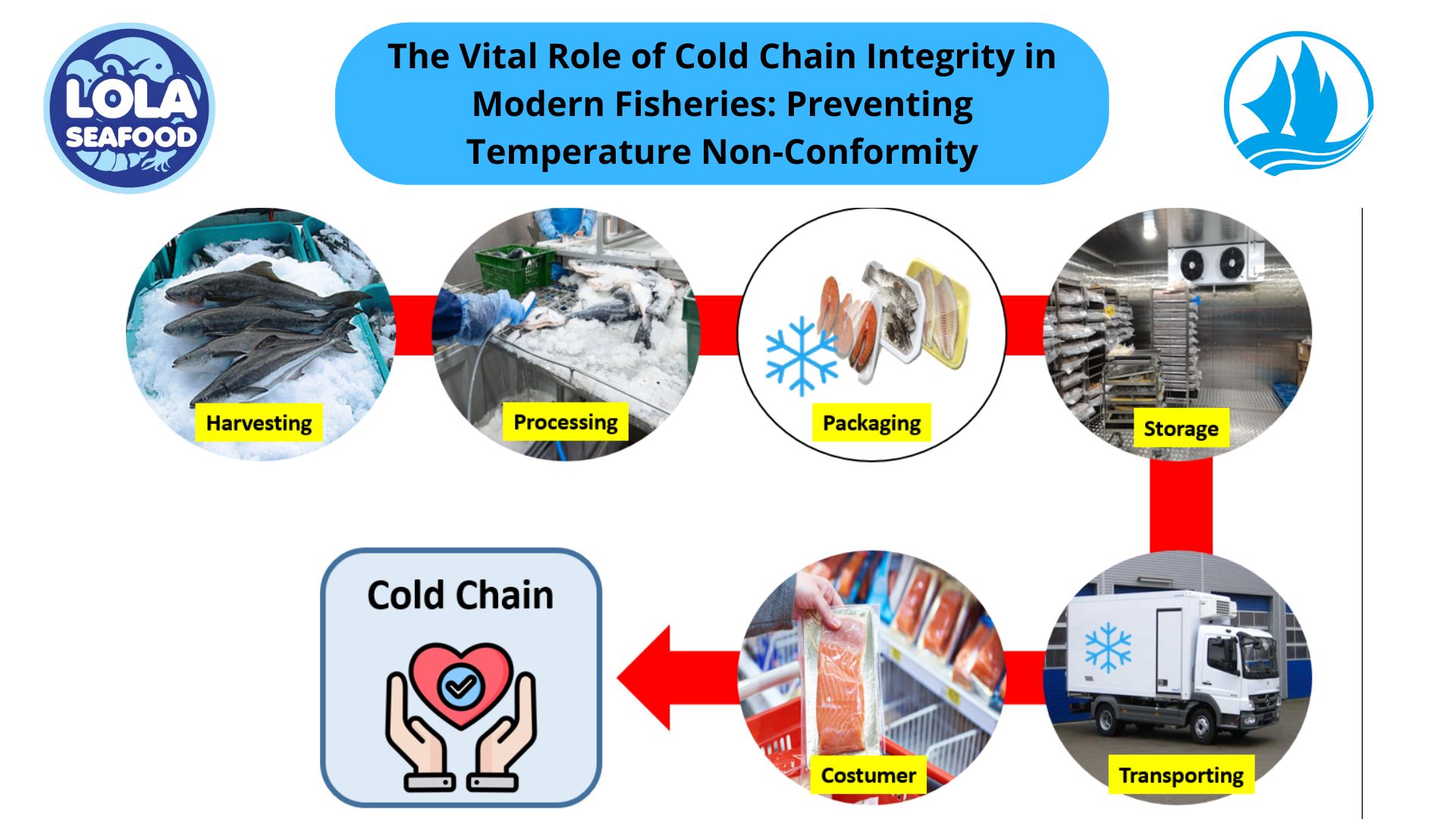
.jpg)
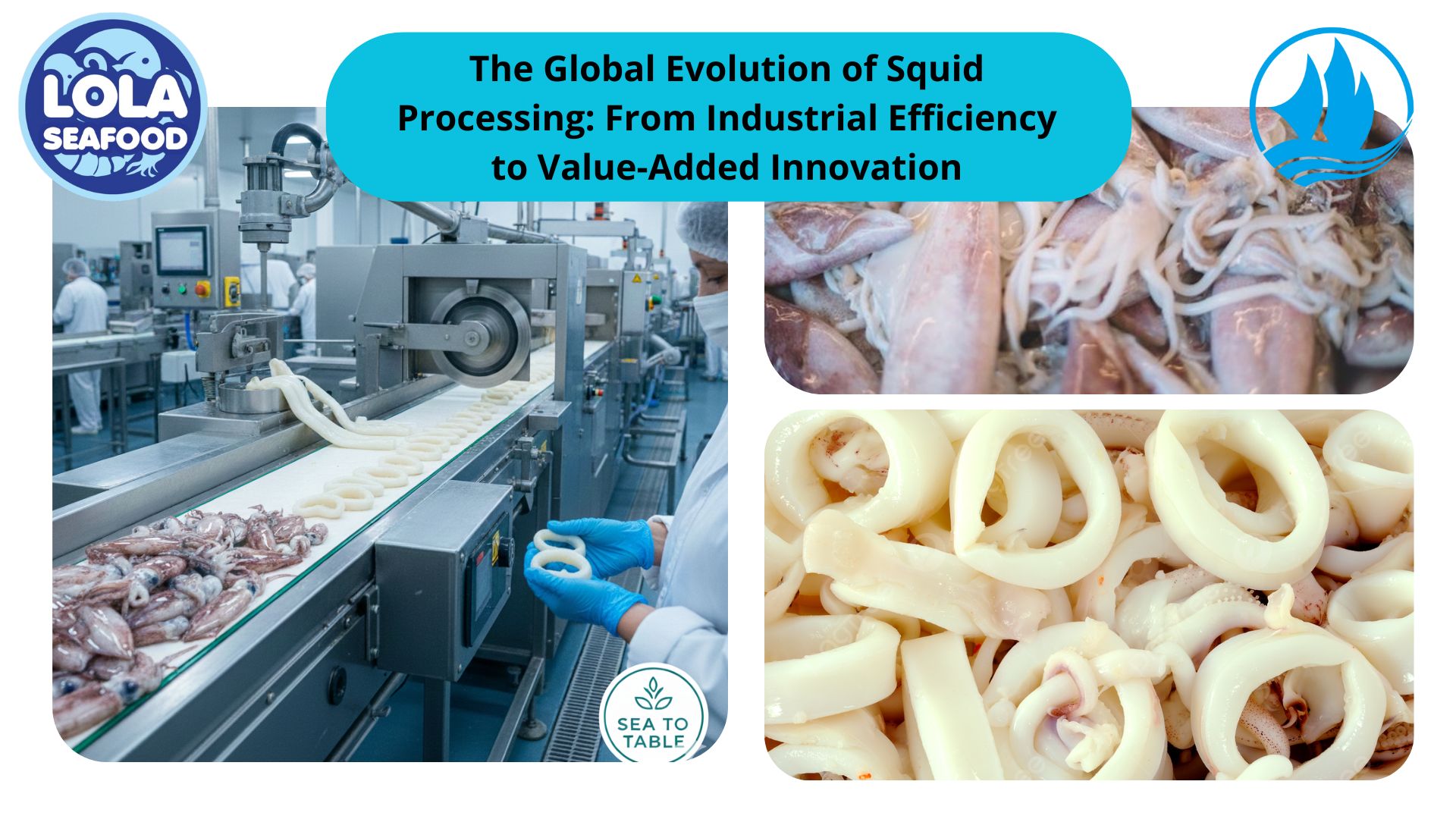
 and Employee Productivity on the Demersal Fish Processing Floor.jpg)
